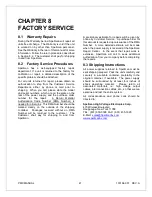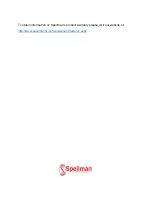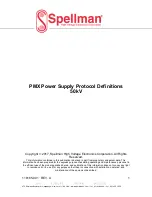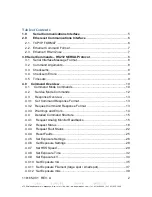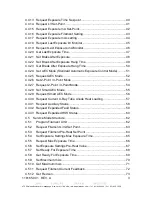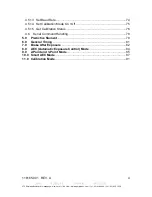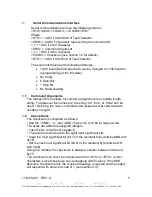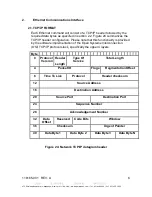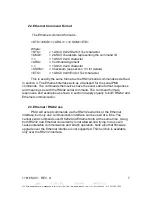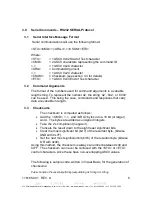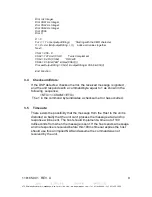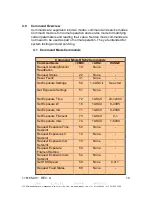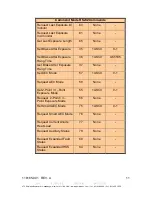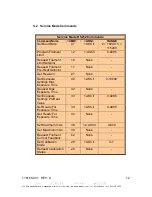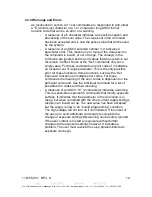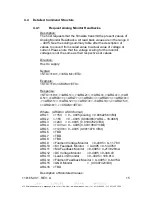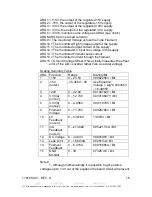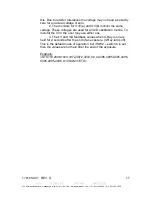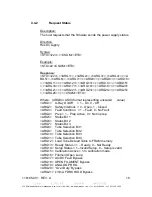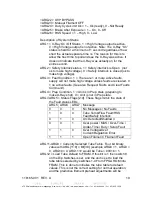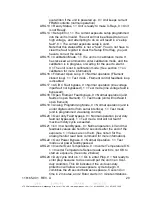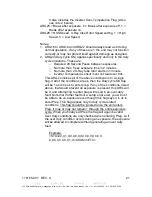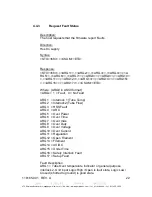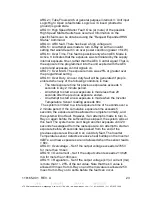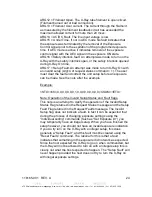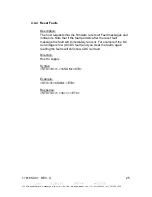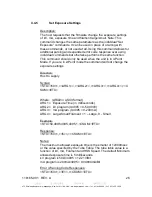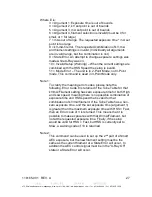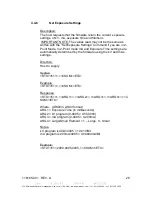
118165-001 REV. A
475 Wireless Boulevard • Hauppauge, New York 11788, USA • www.spellmanhv.com • T:+1 631.630.3000 • F:+1 631.435.1620
13
4.3 Response Overview
The responses to the above commands will follow one of two
general formats depending on whether the command was a set
command, intended to modify system or exposure setup, or a
request command, intended to return system status, current setup
or exposure information.
4.3.1 Set Command Response Format
The general format the response to a set command is:
<STX><CMD>,<$-OR-ERR/WARN>,<CSUM><ETX>
Where:
<STX> = 1 ASCII 0x02 Start of Text character
<CMD> = 2 ASCII characters echoing the command ID
<,>
= 1 ASCII comma (0x2C character)
<$-OR-ERR/WARN> = If the setting(s) specified by the command
are valid this will be the ASCII $ character.
If the setting is invalid or results in an invalid
setup for the system a 1 or 2 character code
will be returned. See the following section
on warnings and errors.
<,>
= 1 ASCII comma 0x2C character
<CSUM> = Checksum (see section 3.3 for details)
<ETX> = 1 ASCII 0x03 End of Text character
4.3.2 Request Command Response Format.
The general format for the response to a request command is:
<STX> <CMD>,<ARG1>,{<ARGn>,}<CSUM><EXT>
Where:
<STX> = 1 ASCII 0x02 Start of Text character
<CMD> = 2 ASCII characters echoing the command ID
<,>
= 1 ASCII comma (0x2C character)
<ARG> = A data value consisting of a variable number of ASCII
characters. The actual meaning is command dependent.
,<ARG+n>= Additional ASCII data values separated from the
previous value by a comma. Additional values may
not be present depending on the command and the
number of additional values is command dependent.
<,>
= 1 ASCII comma 0x2C character
<CSUM> = Checksum (see section 3.3 for details)
<ETX> = 1 ASCII 0x03 End of Text character

